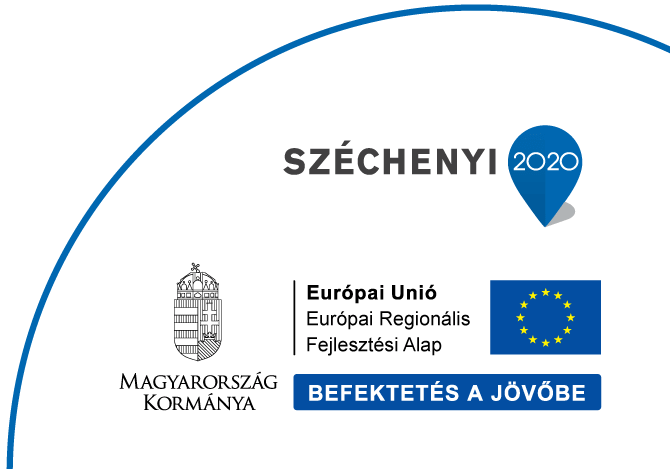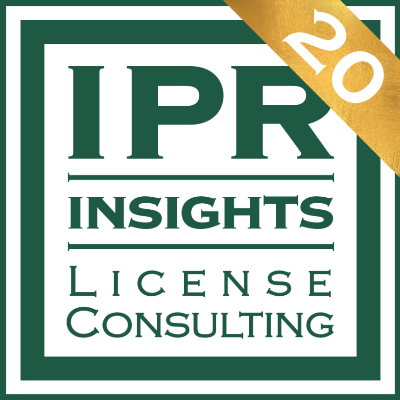Today, the sale of services takes up the majority of business activities. Exploiting digital business opportunities is unimaginable without appropriate IT service management.
ITIL is a worldwide recognized and applied framework that also shows the way for IT service management in dealing with the challenges of the period, defined by agile methodologies and cloud-based technologies.

Collaborative value creation is at the heart of the latest v4 iteration of ITIL. This approach assumes active, proactive participation and cooperation in the entire service cycle from both the service provider and the service user. The Service Value Chain, which forms the basis of the ITIL framework, ensures the continuous satisfaction of properly articulated and interpreted needs of the customer, and the provision of the necessary functions with a guarantee of continuity in quality.
The central element of ITIL is the Service Value System, which includes all the components of good service management, starting from the basic principles, organizational management, continuous feedback and development, and best practices. The system cannot be interpreted as a rigid structure, the correct approach is rather that ITIL is a cookbook that can be used to compile the dishes with which we can satisfy the taste of ourselves or even our gourmet guests (customers) in the long term.
The difference between the previous v3 and current v4 versions of ITIL is not just terminological. ITIL v4 uses the term “practices” instead of the designation “processes”, which better expresses the group of activities – the system of processes and capabilities – that ensure high-level value creation in each sub-area of IT service management. One such practice is IT Asset Management – ITAM, which is the successor of the previous asset and configuration management process.
IT asset management typically covers all software, hardware, networks, cloud services, and client devices, and in some cases even non-IT assets, and includes the acquisition, operation, care, and disposal of the assets, encompassing the entire life cycle and cost management.
Software Asset Management (SAM) is an aspect of IT asset management that is specifically aimed at managing the acquisition, development, release, installation, maintenance, and eventual retirement of software assets. SAM processes ensure the effective management, control, and protection of software assets.
Understanding the cost and value of assets is also essential for understanding the cost and value of products and services, and is, therefore, an important basic factor in all activities of the service provider. IT asset management contributes to the visibility of assets and their value, which is a key element of successful service management and is also useful for other practices. IT asset management typically includes the following activities:
- defining, uploading, and maintaining the asset inventory;
- controlling the life cycle of devices in collaboration with other practices (for example, updating outdated software or hiring new employees using laptops and mobile phones) and recording all changes related to devices (state, location, characteristics, assignment, etc.);
- providing current and historical data, reports, and support related to IT tools and other practices;
- monitoring devices, associated media, and compliance (in particular compliance with regulations and license terms) and driving corrective and preventive improvements to address identified issues.
The purpose of SAM goes beyond the field of compliance, as it not only ensures compliance but is able to significantly promote quality IT service. A large company’s comprehensive SAM practice, based on a clear strategy, can improve the organization’s efficiency and thus the quality of its services by creating optimal software usage. The SAM practice is also implemented in the “4 P-dimensions” of ITIL (Product, People, Processes, Partners).
A dedicated target tool (at least one SAM tool) is essential; competent, qualified, and continuously trained colleagues; well-managed external partners (operating supporters, licensing consultants) with appropriate SLAs; and processes that are well established, adhered to, and reviewed at regular intervals. With the continuous increase in the value of the company’s software assets, the involvement of the SAM area and external partners operating in this area is becoming more and more significant, in many cases even extending to the use of SAM-as-a-Service solution packages.
A dedicated target tool (at least one SAM tool) is essential; competent, qualified, and continuously trained colleagues; well-managed external partners (operating supporters, licensing consultants) with appropriate SLAs; and processes that are well established, adhered to, and reviewed at regular intervals. With the continuous increase in the value of the company’s software assets, the involvement of the SAM area and external partners operating in this area is becoming more and more significant, in many cases even extending to the use of SAM-as-a-Service solution packages.
In this relationship, the standards defined by ITIL must also apply between the partner providing licensing advice and outsourced license management, as a service provider, and the company using the service. The joint value creation of the two fosters mutual active participation, constructive professional dialogue, continuous evaluation, and joint shaping of needs, processes, activities, and goals.






































